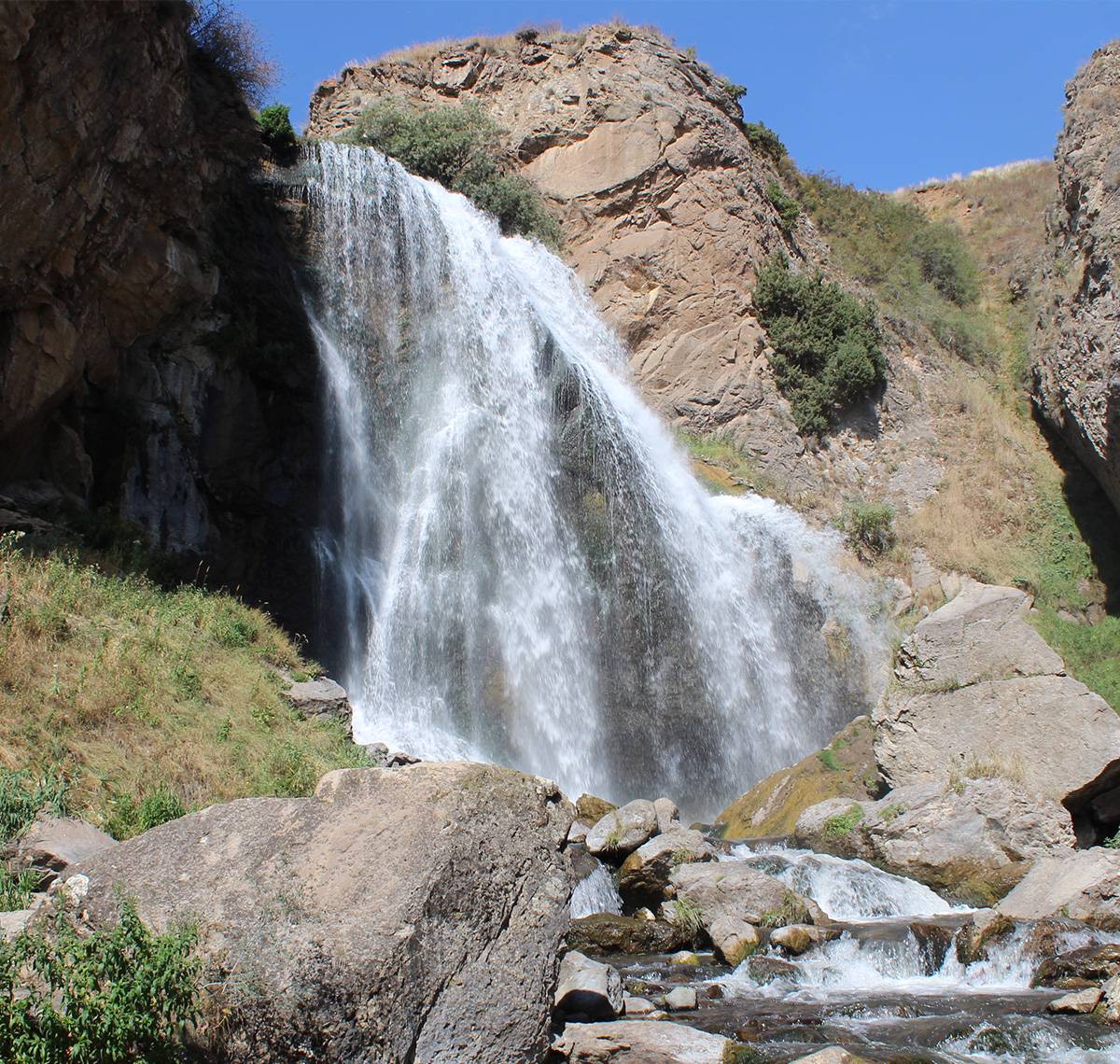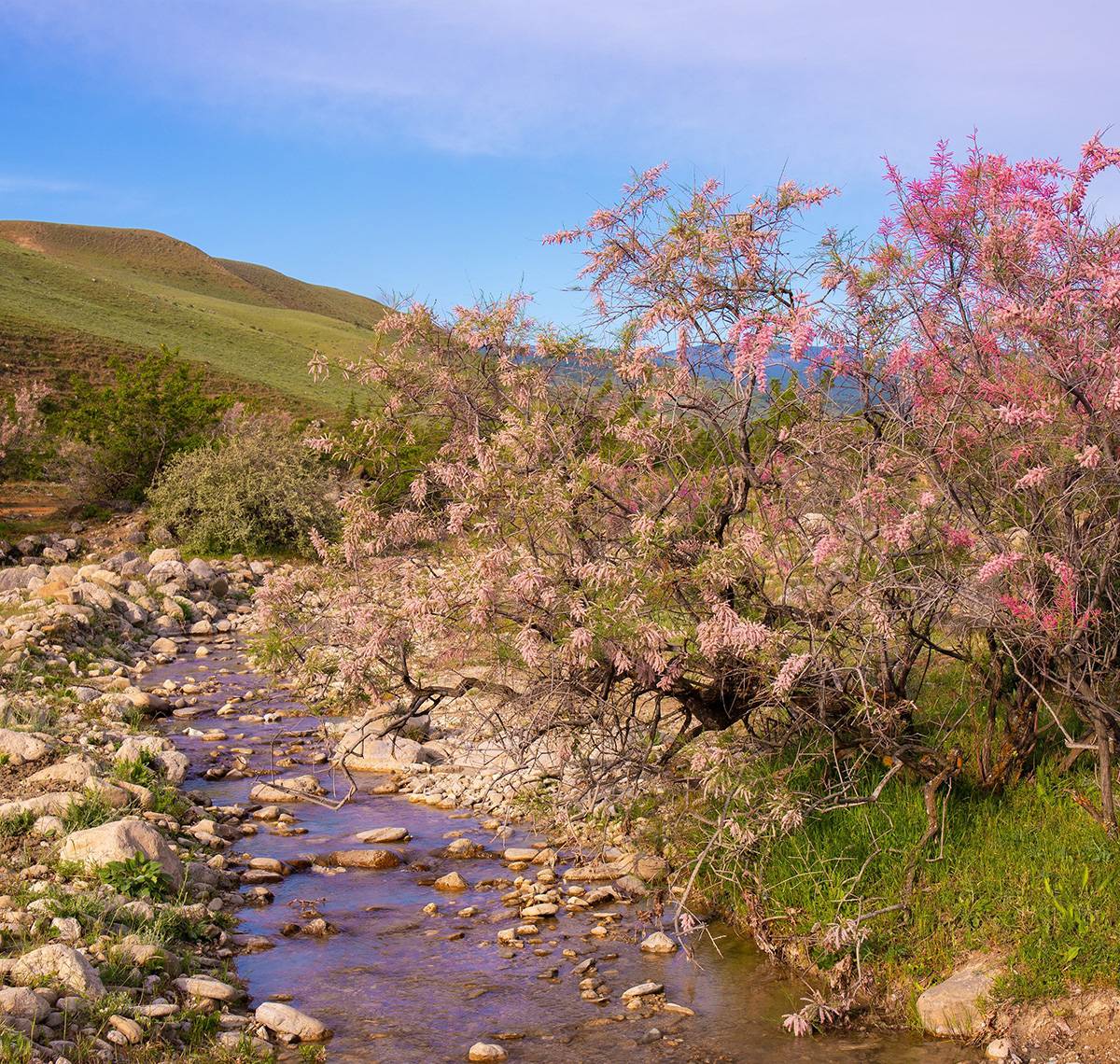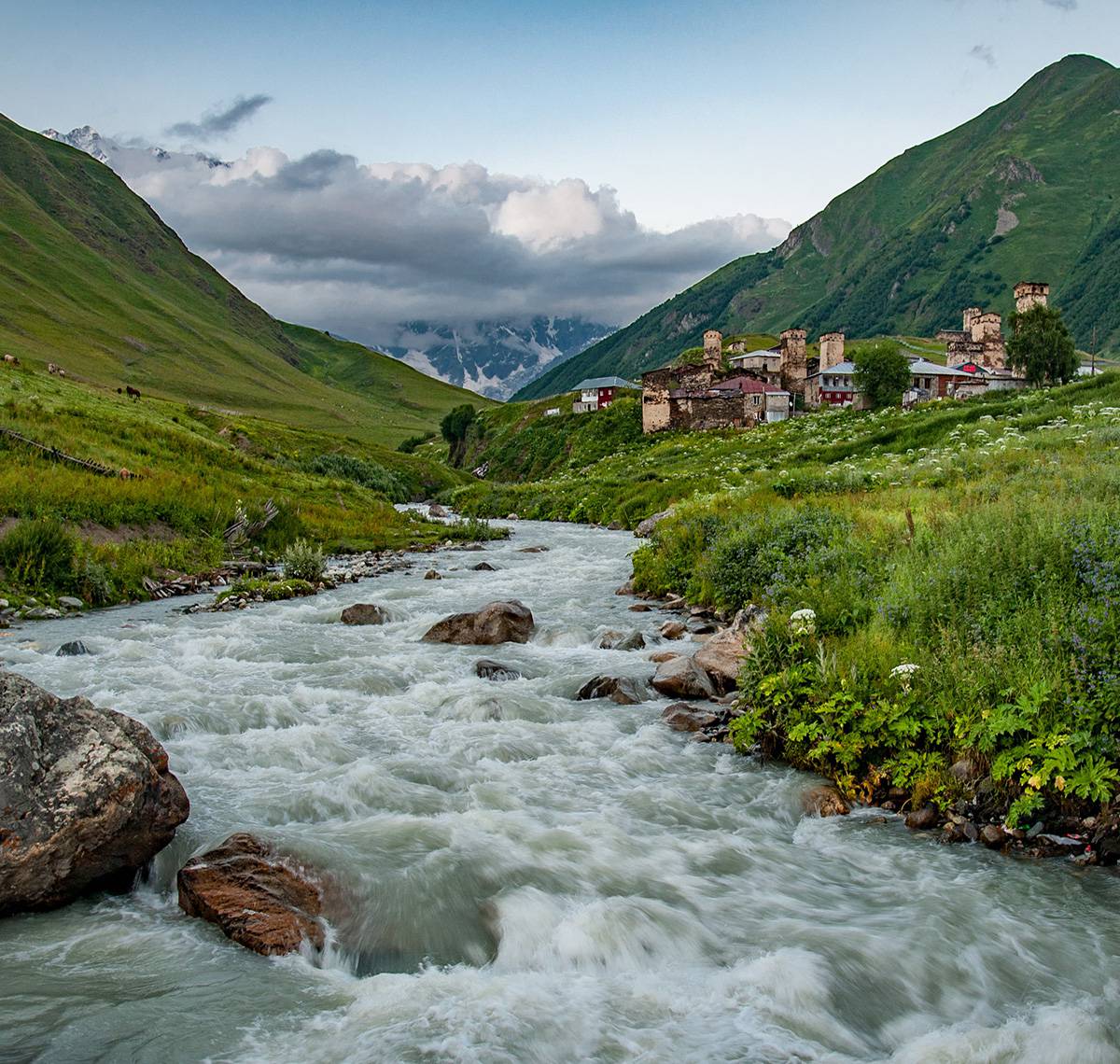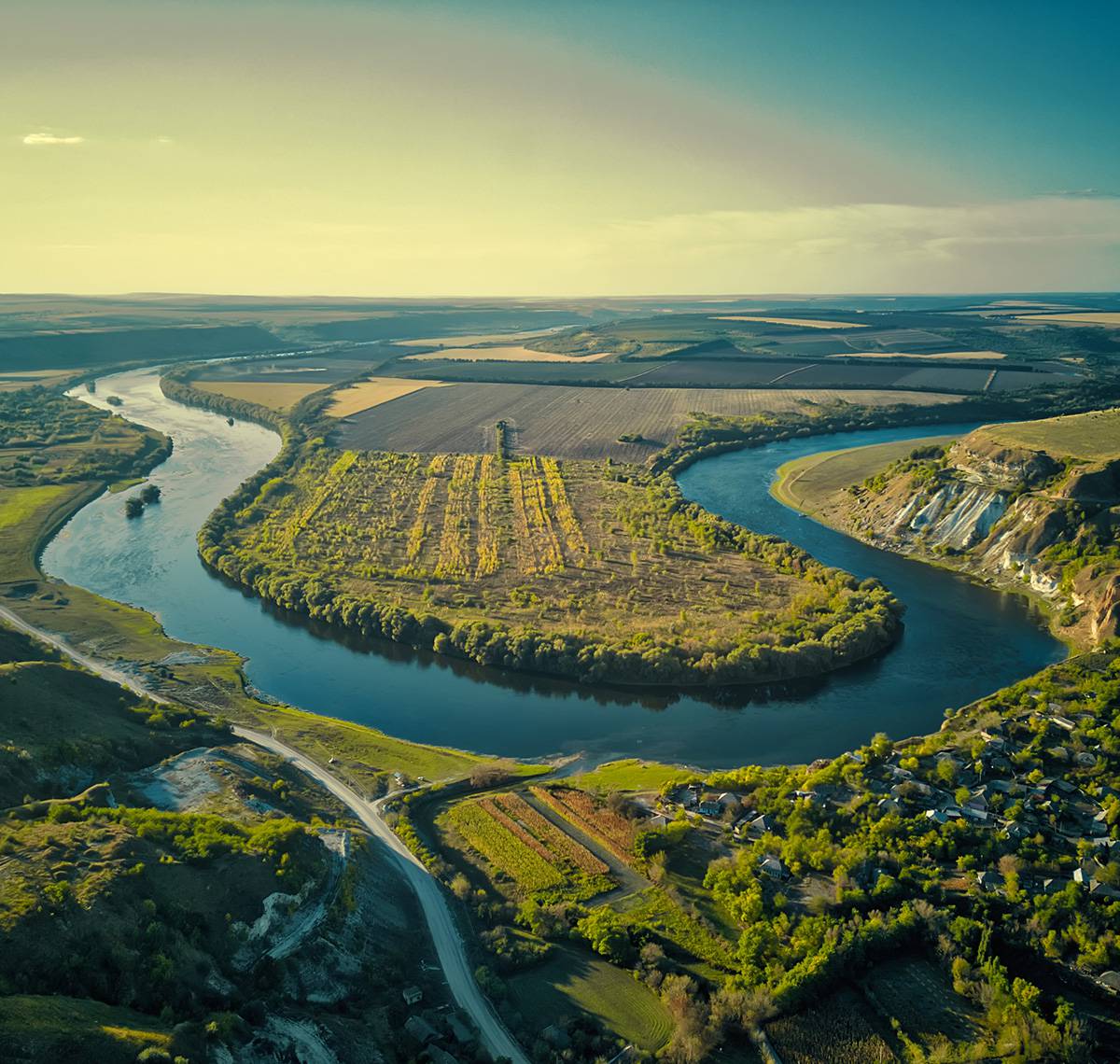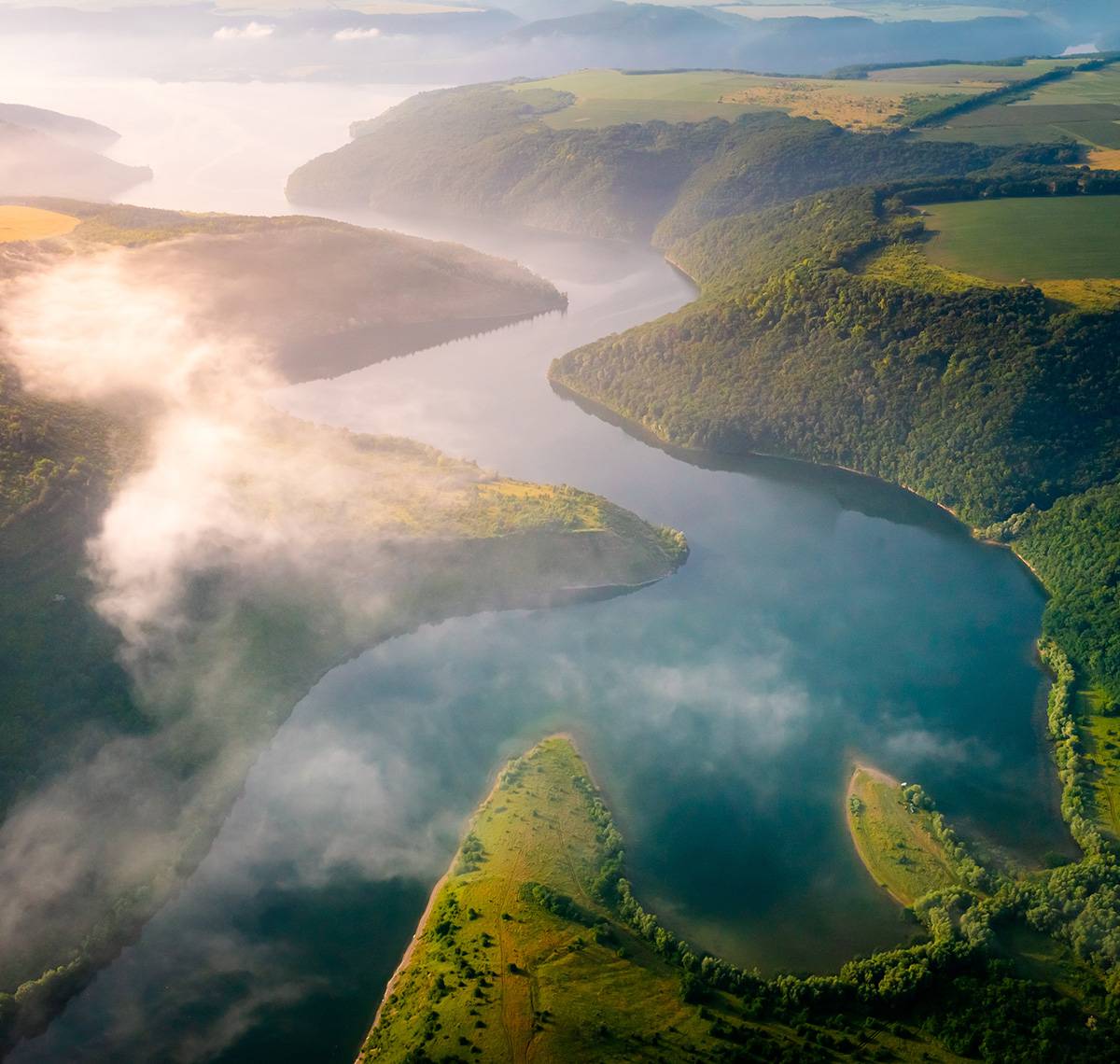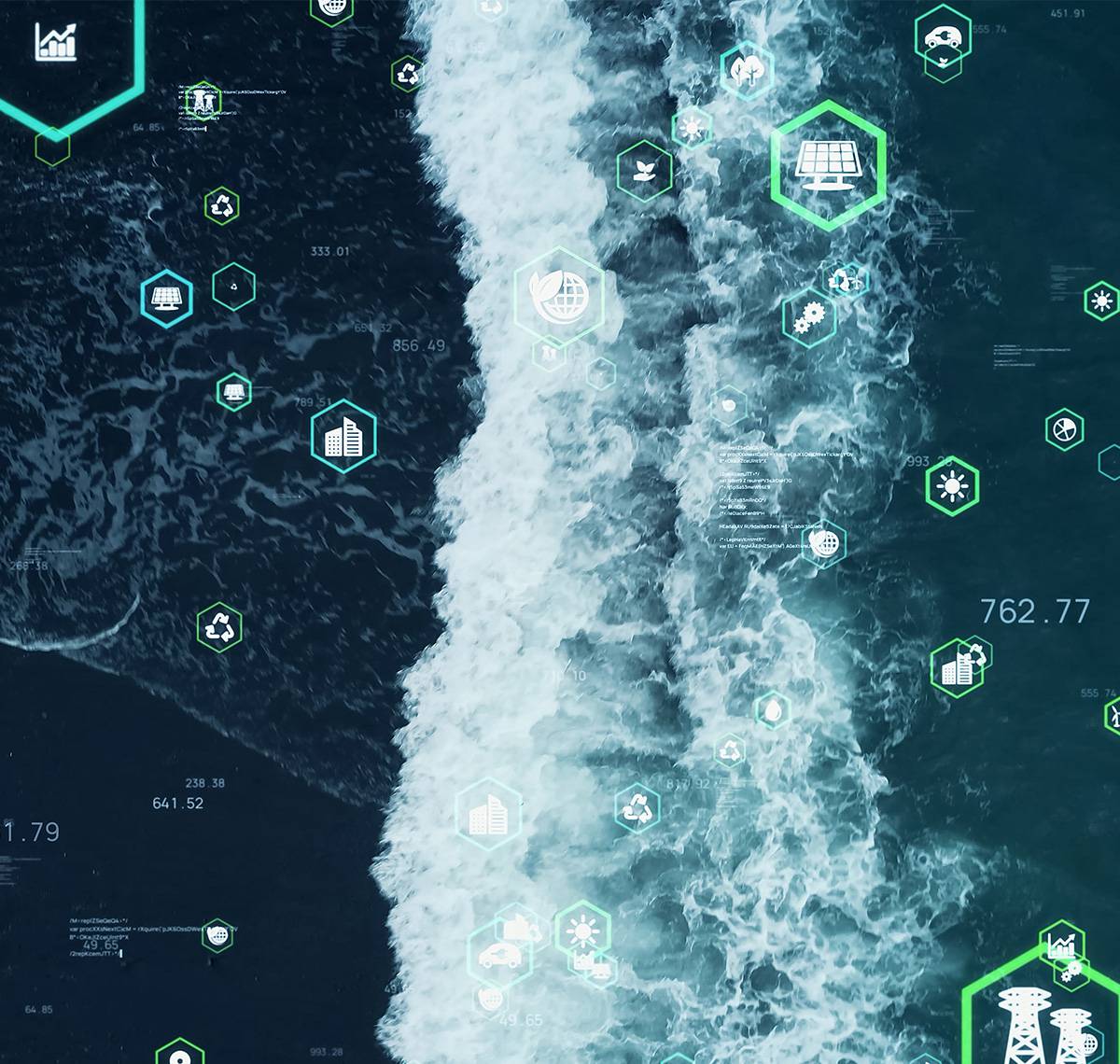Water is vital for human health, and for supporting industry, agriculture and energy production. Today’s environmental pressures call for an urgent transformation of how we manage our water resources.
Although Eastern Partner Countries have improved their gross domestic product since the 2000s, this has increased the pressure on their water resources. Water pollution is not a new issue in the region, but it is exacerbated by intensive farming, industrialization, and urbanisation. This is particularly the case when these developments are not supported by improved wastewater collection and treatment.
Several EaP countries are in the process of aligning their water sector policies and practices with those of the European Union water-related directives and other multilateral Environmental Agreements (UN Water Convention, Sustainable Development Goals).
Component 1 of the EU4Environment – Water and Resources programme focuses on Water Resources Management. It refers to:
- the improvement of existing regulatory and institutional frameworks
- the improved application or introduction of economic instruments
- improvement of water monitoring
- better use of water-related data for informed decision-making
- river basin management planning and implementation involving key stakeholders
- public awareness-raising
- support for sustainable financing strategies.
1 European Environmental Agency (ENI SEIS II East report), Water availability, surface water quality and water use in the Eastern Partnership Countries. An Indicator-based assessment, 2020, ISBN 978-92-9480-291-0.


